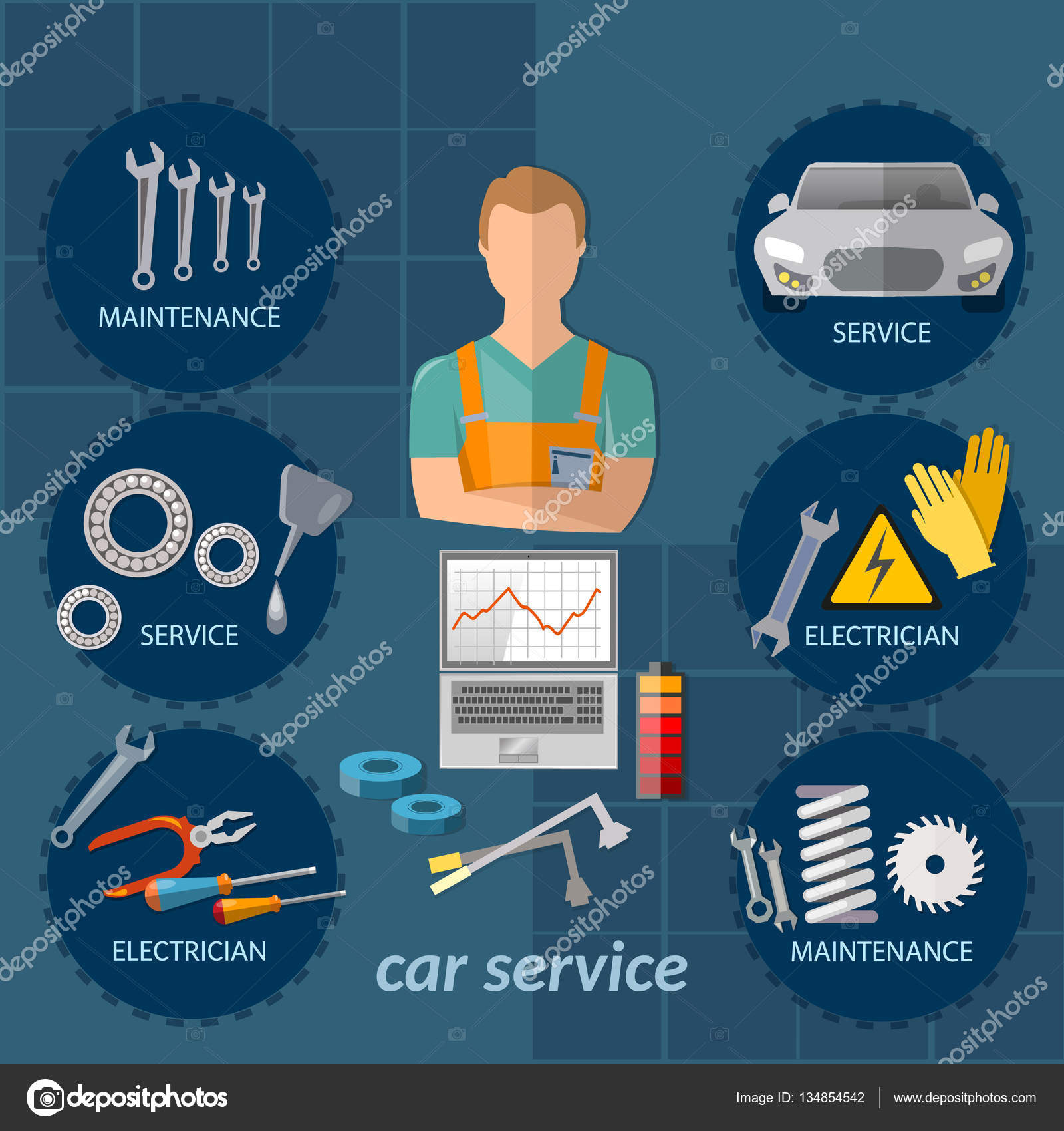Decoding Your Lorry'S Warning Indicators: What They Really Symbolize
Decoding Your Lorry'S Warning Indicators: What They Really Symbolize
Blog Article
Uploaded By-Vinson Torres
When you're behind the wheel, those radiant warning lights on your control panel can be a bit complicated. Do you recognize what they're attempting to tell you about your auto's health? Recognizing the value of these lights is important for your safety and the longevity of your car. So, the next time one of those lights turns up, wouldn't you intend to decipher its message properly and take the necessary steps to address it?
Common Warning Lighting and Interpretations
Recognize typical caution lights in your cars and truck and understand their meanings to make certain risk-free driving.
One of the most regular warning lights include the check engine light, which indicates problems with the engine or discharges system. If this light begins, it's critical to have your lorry checked promptly.
The oil pressure warning light indicates reduced oil stress, needing immediate interest to avoid engine damage.
A flashing battery light could suggest a defective billing system, potentially leaving you stranded if not attended to.
The tire stress surveillance system (TPMS) light informs you to reduced tire pressure, impacting lorry security and fuel effectiveness. Neglecting this can lead to harmful driving conditions.
The abdominal muscle light shows a trouble with the anti-lock stopping system, endangering your capacity to quit swiftly in emergency situations.
Finally, the coolant temperature advising light warns of engine getting too hot, which can result in extreme damage if not settled promptly.
Understanding these common warning lights will assist you deal with issues quickly and preserve risk-free driving problems.
Importance of Prompt Interest
Comprehending the usual warning lights in your auto is only the first step; the relevance of without delay attending to these warnings can not be stressed sufficient to ensure your safety and security when traveling.
When visit the next web page brightens on your control panel, it's your automobile's means of communicating a prospective issue that requires attention. Ignoring these warnings can cause much more serious problems later on, jeopardizing your safety and possibly costing you extra out of commission.
Trigger interest to cautioning lights can stop failures and mishaps. For instance, a flashing check engine light could indicate a misfire that, if left neglected, can cause damage to the catalytic converter. Resolving this promptly can save you from a costly repair.
In a similar way, a brake system warning light may signify low brake fluid or used brake pads, critical elements for your safety when driving.
Do It Yourself Troubleshooting Tips
If you notice a warning light on your control panel, there are a few do it yourself troubleshooting suggestions you can try before seeking specialist help.
The initial step is to consult your automobile's manual to recognize what the certain caution light suggests. Often the problem can be as easy as a loose gas cap causing the check engine light. Tightening up the gas cap may deal with the issue.
An additional usual problem is a low battery, which can set off numerous alerting lights. Examining the battery links for deterioration and ensuring they're safe and secure may repair the problem.
If a caution light persists, you can try resetting it by disconnecting the auto's battery for a couple of minutes and then reconnecting it. Furthermore, inspecting your automobile's fluid levels, such as oil, coolant, and brake fluid, can help repair advising lights connected to these systems.
Verdict
Finally, understanding your cars and truck's warning lights is essential for keeping your car running smoothly and securely. By quickly dealing with mobile car grooming auckland and recognizing what they indicate, you can avoid pricey repair work and prospective malfunctions.
Remember to consult your auto's manual for particular details on each cautioning light and do something about it appropriately to ensure a trouble-free driving experience.
Remain informed, remain secure when driving!
